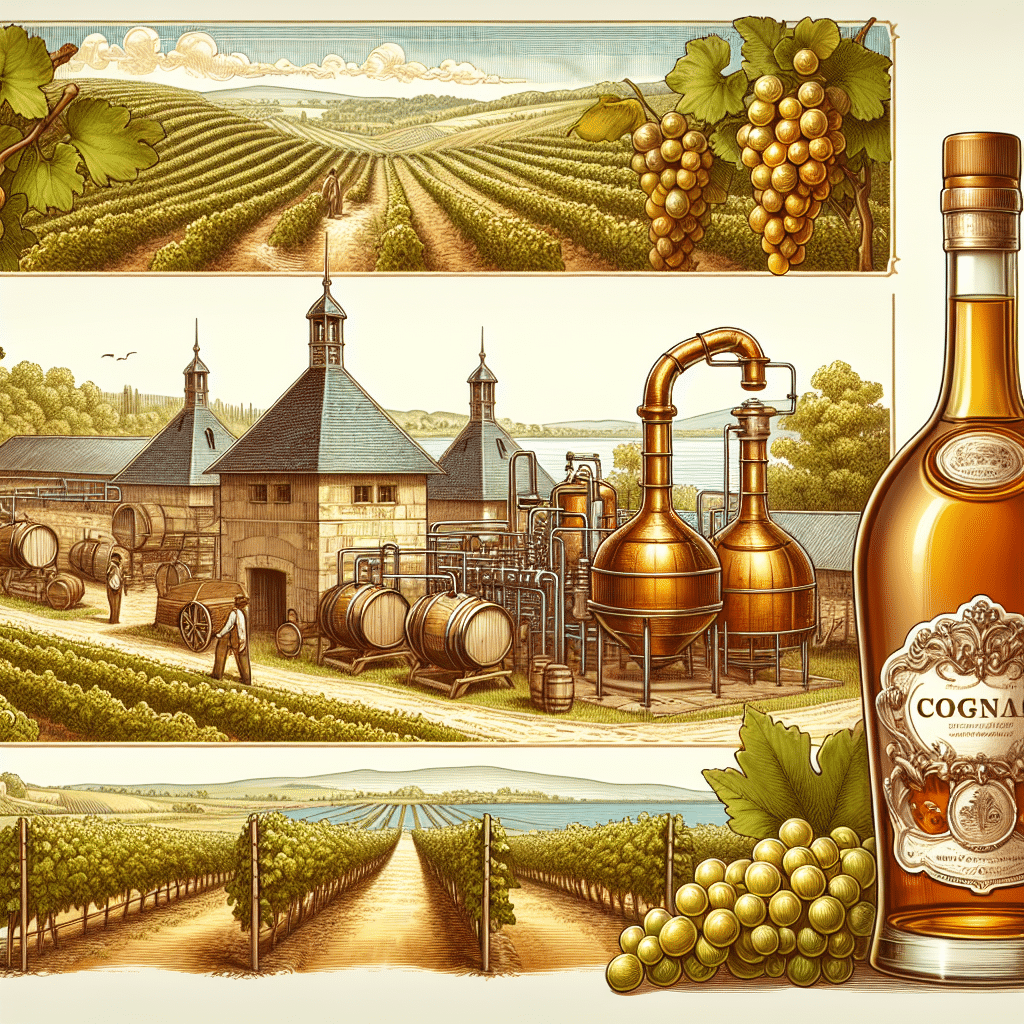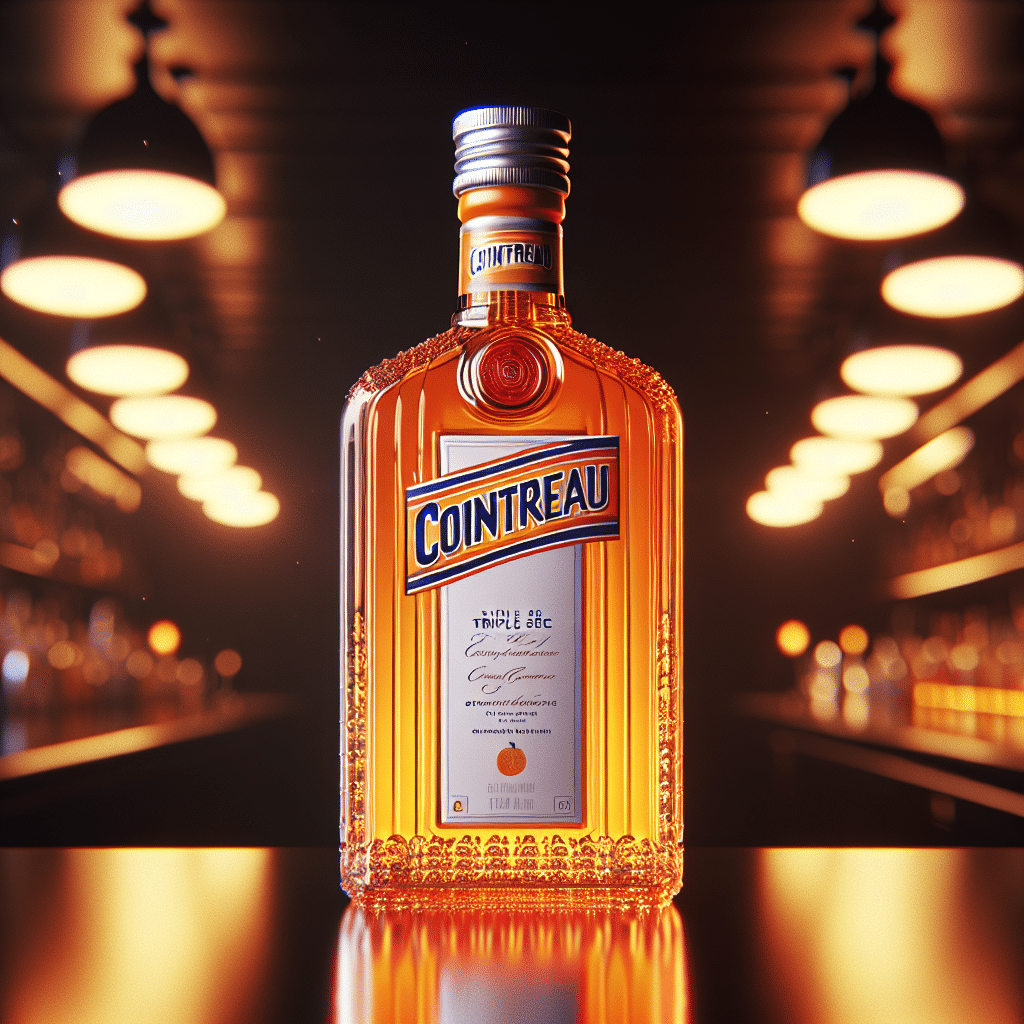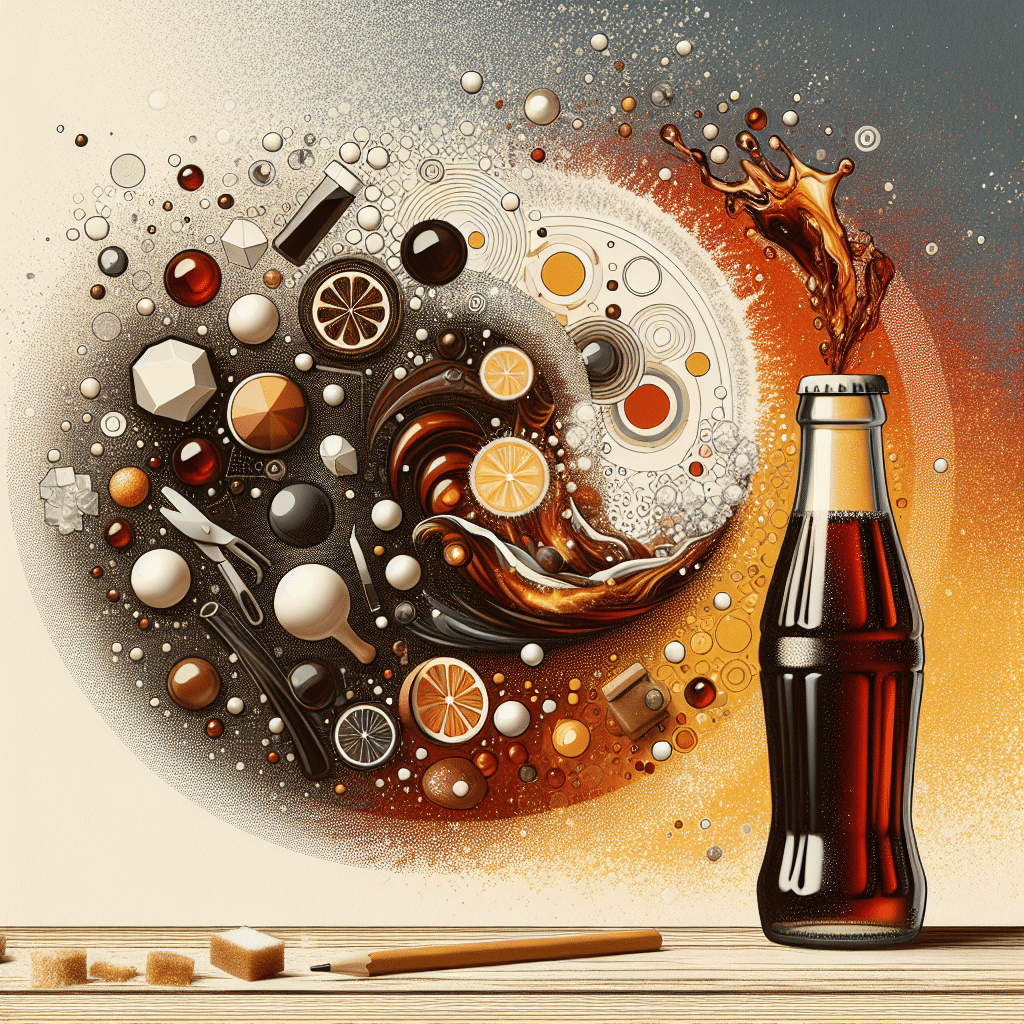Understanding Cognac: The Basics
Cognac is a premium type of brandy that is made from distilled white wine. It originates from the Cognac region in France and adheres strictly to regulations that dictate its production. To qualify as cognac, the base wine must primarily consist of the Ugni Blanc grape, although other grape varieties such as Folle Blanche and Colombard are permitted. The wine undergoes a double distillation process in copper stills, which enhances its flavor and character. After distillation, the spirit is aged in oak barrels for a minimum of two years, allowing it to develop its rich, smooth taste and deep amber color. This meticulous process distinguishes cognac from other brandies, making it a sophisticated choice for connoisseurs and casual drinkers alike.
What is Cognac Made Of?
The production of cognac is governed by strict regulations set forth by the Bureau National Interprofessionnel du Cognac (BNIC). Here, we delve deeper into the essential elements that contribute to the making of cognac.
1. Grapes: The Foundation of Cognac
The primary ingredient in cognac, as mentioned, is grapes. The Ugni Blanc (also known as Saint-Émilion) grape accounts for around 90% of the vineyards growing in the Cognac region. Known for its high acidity and low sugar content, Ugni Blanc is ideal for producing a quality base wine. Other authorized grape varieties include:
- Folle Blanche
- Colombard
- Meslier Saint-François
- Folle Blanche
Each grape variety adds a unique flavor profile, contributing to the complexity of the final product.
2. Fermentation: Developing Flavor
The harvested grapes are first pressed to extract the juice, which is then fermented. This process converts the sugars present in the grape juice into alcohol through the action of yeast. Typically, the wine produced is very dry, with an alcohol content of around 8-10%. This initial fermentation is crucial, as it sets the foundation for the flavor and aroma profiles found in cognac.
3. Distillation: The Heart of Cognac
After fermentation, the resulting wine undergoes double distillation in traditional copper pot stills. The first distillation produces a liquid known as “brouillis,” which has an alcohol content of around 30%. The second distillation refines the spirit further, concentrating its flavors and increases its alcohol content to around 70%. During this process, only the heart cut, which contains the desirable alcohols and flavors, is selected for aging, while the heads and tails—which contain volatile compounds—are discarded.
4. Aging: Cultivating Complexity
Following distillation, the heart cut is transferred into oak barrels for aging. The aging process is critical for developing the distinct characteristics of cognac. By law, cognac must age in these barrels for a minimum of two years, although many of the finest cognacs are aged for much longer. The interaction between the spirit and the wood adds flavors such as vanilla, spice, and caramel, while also imparting color. For high-quality cognacs, the aging process can span several decades, contributing to their depth and complexity.
5. Blending: Crafting the Final Product
Once aging is complete, the master blender selects different barrels to create a harmonious blend that meets the desired flavor profile. This artistry ensures consistency across bottles, as variations in aging can dramatically influence taste. Some renowned brands produce various blends categorized into VS (Very Special), VSOP (Very Superior Old Pale), and XO (Extra Old), denoting their aging periods and quality.
Frequently Asked Questions (FAQs)
What type of grapes are used to make cognac?
The primary grape used in cognac production is Ugni Blanc, although Folle Blanche and Colombard are also permitted.
How long does cognac have to age?
Cognac must age for a minimum of two years in oak barrels, but many high-quality varieties are aged for much longer to develop more complex flavors.
What makes cognac different from other brandies?
Cognac is specifically produced in the Cognac region of France and must adhere to stringent regulations regarding its production, including the types of grapes used, the distillation process, and aging requirements.
Can you drink cognac straight?
Yes, cognac is often enjoyed straight, but it can also be used in cocktails or served with ice. The choice largely depends on personal preference.
What is the alcohol content of cognac?
The alcohol content of cognac typically ranges from 40% to 60%, with most varieties being around 40% ABV (alcohol by volume).
Conclusion: The Craft of Cognac Production
The process of making cognac is a combination of art and science, requiring a deep understanding of the ingredients and techniques involved. From the careful selection of grapes to the mindful blending of aged spirits, each step contributes to the rich tapestry of flavors found in this distinguished beverage. Whether enjoyed neat, on the rocks, or in a cocktail, the exquisite craftsmanship behind cognac offers a unique tasting experience for enthusiasts around the world.



